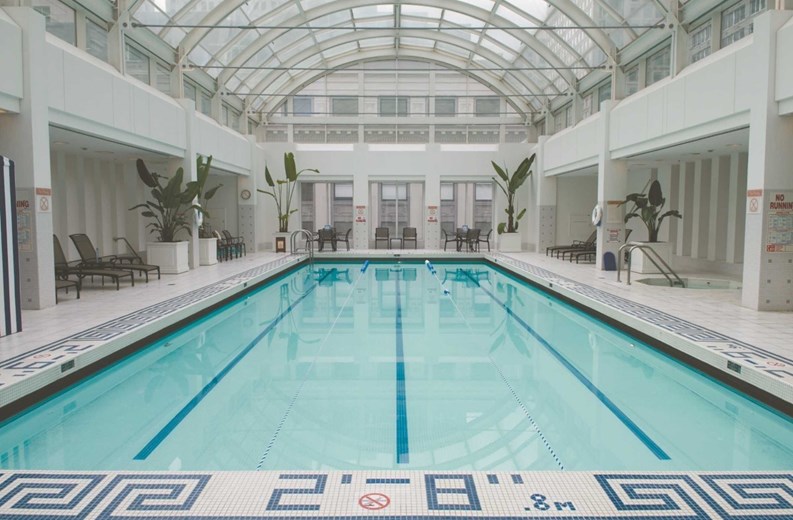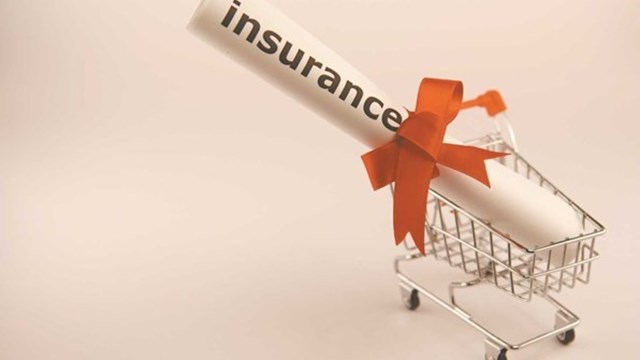As sales of co-ops and condos continue to slow, developers, property managers and building boards are looking for any possible incentive to attract buyers. Any realtor will tell you that location is the first and primary consideration when buying a property. Once a general area is selected the amenities that enhance the property choice will strongly come into play. What amenities are available can often be a deal maker or deal breaker for a prospective buyer. And one size will not fit all in the search for any of the extras that put the “sweet” into home sweet home!
Co-op boards, condo associations and property management firms are well aware of buyers’ preferences and often strive to upgrade or add amenities to a property in order to be able to compete in today’s market. Typically referred to as a “common element” in condominium bylaws, pools, exercise rooms, meeting space, and recreational facilities are examples of what is considered an amenity. In a co-op property, the shareholders would probably list the same enhancements as “amenities.” Whatever those nice lifestyle additions are called, they add value to any building community.
Luxury or Liability?
A good rule of thumb is if an amenity is fixed, real property, or part of that property, it must be insured under property insurance. If there is an increased danger of an accident or injury associated with that amenity, then the liability insurance will come under consideration. Whether amenities are in place or added, until they are fully and properly insured they can just as easily be an expensive liability.
Amenities will require both property and liability insurance coverage. Property insurance protects the equipment owned by the association and will cover replacement cost due to covered perils. Liability insurance will cover bodily injury, or property damage claims brought by a third party due to use of the amenities. A slip and fall on the pool deck, an injury using gym equipment, or even a fall entering the newly remodeled lobby may have legal ramifications.
When seeking insurance for an amenity, one requirement is to adequately identify the amenity from an insurance and exposure perspective to arrive at the total insurable value (TIA). Existing policies should be reviewed on a regular basis and always before, during, and after adding an amenity or upgrade.
Deciding what type of policy is needed may require some due diligence by the board or association members. Since the board has fiduciary responsibility, the board is charged with purchasing the broadest insurance coverage available. General liability and property liability are two parts in the overall umbrella insurance coverage; both are necessary to adequately protect the property, the board and the homeowner, according to Barbara Strauss, executive vice president of Manhattan-based York International Agency, LLC.
She also talks about limits on liability coverage. “In addition to the basic $1,000,000 each occurrence/$2,000,000 general aggregate for liability insurance, associations are purchasing high limit umbrellas to fulfill their obligations to the association members. Umbrellas are an inexpensive means of further protecting the association and its members.”
An umbrella insurance policy is very helpful when the insured property is sued and the dollar limit of the original policy has been exhausted. The added coverage provided by the liability insurance umbrella can mean the difference between being under-insured and being adequately covered.
According to Cathy Torres of Campbell Solberg Associates, an insurance brokerage based in Manhattan, amenities coverage is a vital piece of any building’s protection package—but it’s still just one part of a larger network of coverage. “Loss assessment—which applies to any common areas or amenities in the building for which one is assessed maintenance—constitutes another portion of the policy. According to Torres, liability is also important. “The most liability you can get on a normal policy is $500,000—that's the max,” she says. “And I usually recommend [insuring for] the full $500,000.”
Torres says the cost of policies vary. “Let's say for instance you get a $50,000 personal property policy, $11,000 of additions and alterations coverage, and $500,000 in liability and all the other coverage. The most expensive part of that policy is the additions and alterations and the dwelling amount.”
When it comes to insuring something as important as your association’s valuable amenities, Lori Long of Community Association Underwriters in Newtown, Pennsylvania recommends buying as much as your association can afford.
“It depends on the size, the assets, the demographic living there,” she says. "A lot of associations will have $2 million in underlying coverage and another $15 million in umbrella coverage. It runs the gamut though. If people are going to procure true umbrella coverage, make sure those limits are not linked to anyone else's limits. All carriers do different things. “The pool may be included in general liability package, or they may have to specifically say, 'We have a pool and we need coverage for that pool,' in which case it would require an endorsement.”
Remember the Basics
Manhattan-based Argo Real Estate Controller Richard Apell has twenty years experience in his field, the last eleven of them at Argo. His approach to insuring amenities is straight forward. “All amenities fall under property insurance, it is built in,” he explains. Common areas of a building such as lobbies, hallways and amenities are covered under basic liability insurance. How much insurance is enough for a particular property depends and will vary with each location. Argo manages 90 buildings in various sizes ranging from ten units to 1,300 units. Coverage is typically based on a property’s mortgage limits up to $100 million. Review of insurance should be a regular agenda item for all boards.
Another potential add-on for amenities, insurance-wise, are coverage riders for pollution or mold, Apell says. Coverage for pollution and pollution-related damages or mold and mildew damages are an area many properties will want to consider. Since mold is not only a destructive force, but also an environmental hazard, treatment and removal can be both dangerous and expensive. Amenities like swimming pools, hot tubs and supporting dressing rooms and bathrooms are often prime magnets for mold and mildew making this topic definitely worth investigating.
Pools, Tennis Courts, and Playgrounds
While pools were once a headache to insure, most experts today agree that may not be the case today. Pools are somewhat less of an issue since most diving boards and slides have gone the way of the dinosaur. “You really don’t see diving boards any more. Pools generally aren’t that much of a problem unless you have the extra stuff,” says John Hegarty of Massachusetts-based Commonwealth Insurance Partners.
Of course, the experts say, proper signage should always be prominently displayed, explaining the rules of the pool, and all town ordinances should be followed. It's important to document everything and be honest about what the rules are.
“If you're not supposed to be jumping and diving in the pool, make sure there are signs that say 'no jumping' and 'no diving,'" says Long. “If there is a shallow area, have age restrictions. Don't let kids in unless they're accompanied by an adult. If you have people signing in and out, keep records of who is there and when they are there. Keep maintenance records as well, because people can claim they got a rash or something from the chlorine—it's the simplest things that can take you down.”
While boards may be focused on potential disasters like drownings, liability concerns facing community associations go beyond the pool. “Some community associations have playgrounds, or tennis courts,” says Jeffrey Cotto, a Massachusetts-based insurer. “They’re ‘attractive nuisances,’ and again, if possible you want to have locked gates and not allow kids that don’t belong there going in to use them. You have to be proactive about it.”
Tennis courts alone, Hegarty adds, might not be too much of an ‘attractive nuisance’ to raise risk—but add a basketball hoop, and it’s a whole new ball game. “Pools too are a concern, but there are others,” Long agrees. “Depending upon the clubhouse and what amenities that clubhouse has, that can be an issue. For instance, if they have areas for large commercial cooking and large parties and gatherings for people coming in, that would be a concern. If they have a tennis court and basketball court, from a premium standpoint, that's not a big hit as long as they are maintained. A lot of people have a lot of losses on unmaintained tennis courts and basketball courts because people can trip and fall. When that happens, their premiums go up in general.”
Peace of Mind
So the experts acknowledge that you must be smart and proactive rather than reactive when it comes to insurance. At the end of the day, nothing ensures peace of mind more than knowing you and your property are completely and adequately insured. That peace of mind, however, does come with a pricetag, so boards must sharpen their pencils and take advantage of expert help and advice from trusted insurance companies.
Anne Childers is a Florida-based freelance writer for The Cooperator and other publications.
.







Comments
Leave a Comment